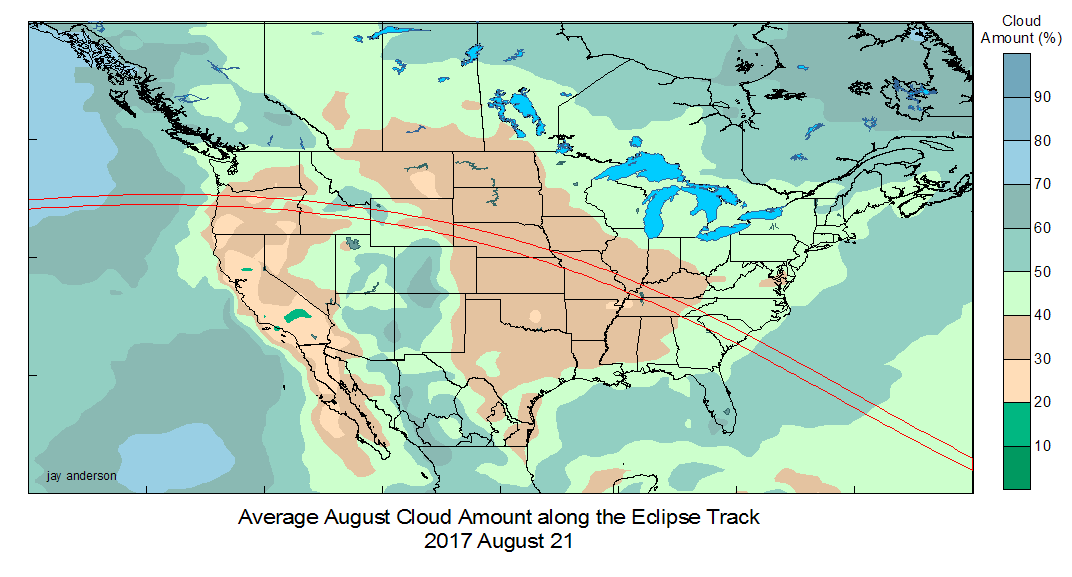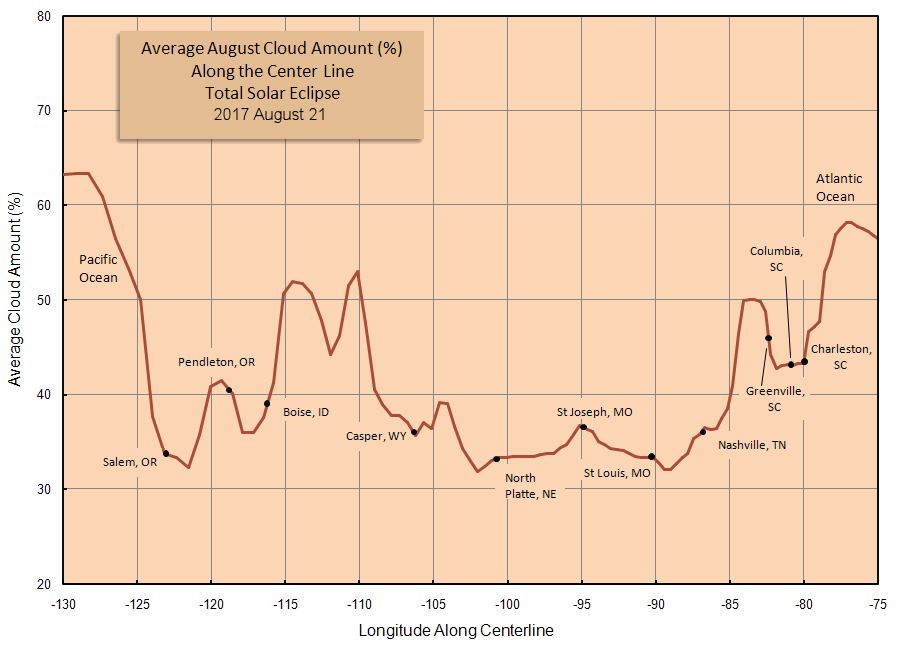

The next really good eclipse is in the US in 2017 (click the map above to
see
the Wikipedia article).
Although there can be two total eclipses per year, many of them are very
short, or in places like the oceans or poles, which may be interesting
trips, but are expensive to get to.
The 2017 eclipse is over two minutes long at the centerline, and
you can drive to it, if you live in the U.S.
Sky and Telescope has a
good article about the eclipse.
You have to be within the path of totality to see the total eclipse.
This is a totally amazing experience, and totally different from a
partial eclipse. It is well worth the drive.
NASA has an
online interactive google map
where you can see the path of totality and the centerline. Clicking
on a spot gives you detailed eclipse information for that location.
The closer you are to the centerline, the longer you'll see the
eclipse.
My rule of thumb for travelling to eclipses is based on the fact that you are
planning on being able to see the sun during a particular minute a
year in the future.
So it should be somewhere that is usually sunny,
and that you want to visit anyways, in case you don't see the eclipse.
From the cloud charts below, the area centered on Nebraska and
Missouri is the likeliest to be clear.
As it happens, I lived in Nebraska for a few years as a little
kid, and the little town is almost right on the centerline,
so my plan is to watch it from there (west
of Grand Island). (Map courtesy of
http://www.eclipse2017.org/.)
Unless I just go to western Tennessee...
2017 update: To get family to join us, we ended up going to
Hendersonville, TN, just north of Nashville, on a nice lake.
I think the next really good eclipse after this is also in the U.S.: Erie, PA, in 2024!

